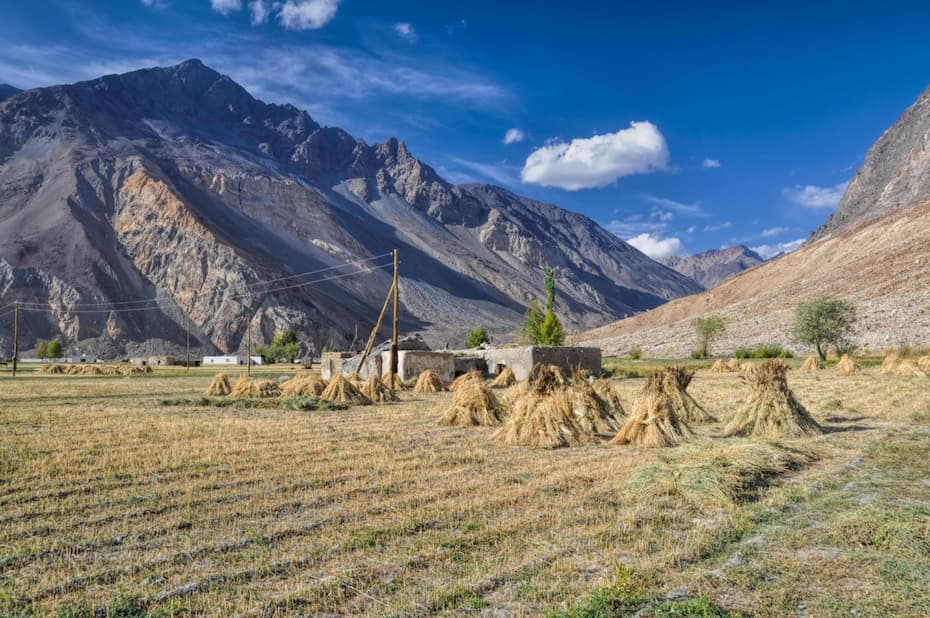What are now referred to as nature-based solutions are exactly what IPLC do: living the original solutions to the climate and biodiversity crises by doing what they’ve been doing for millennia – aquatic agriculture that restores wetlands, pastoralism which creates biodiversity hotspots and sequesters carbon, ancient reforestation techniques, and cultural burnings that keep wildfires in check and regenerate the land.
Indigenous people make up only five percent of the world’s population, yet they protect 80 percent of Earth’s remaining biodiversity and manage 24 percent of the world’s land, which represents 40 percent of the intact landscapes left on Earth.
Their work, alongside that of local communities living by similar shared values, is quite literally keeping life on Earth in balance.
By doing these things, and so much more, they’ve always known how to care for the planet. This is why supporting communities already engaged in their tried-and-true practices yields greater results compared to other forms of philanthropy or traditional conservation efforts.
Most philanthropy and government funding tend to focus on a single outcome, forgetting that nature is holistic and symbiotic. It is impossible to isolate one impact without understanding the total ecosystem, with all its flora and fauna, including humans. This lack of localized understanding puts undue burden and unrealistic expectations on local communities.
Home Planet Fund takes a radically different approach. Directly funding these communities is a pillar of Home Planet Fund’s approach to the environmental and biodiversity crises.
While others are supporting policy change or technological solutions, our answer is getting money as quickly as we can directly to communities who are already doing the work that needs to be done for the planet.
Because Home Planet Fund already has our seed funding, every single dollar donated goes directly to our partners on the front lines. While we are a separate organization, their seed funding means 100% of donations go right to where they do the most good – supporting our partners on the frontlines doing their critical work for the planet.
We engage in trust-based philanthropy. This means we build trust through a cadence of communication, including sharing the work through stories and data.
Dilafruz Khonikboyeva, Indigenous Pamiri and the Executive Director of Home Planet Fund believes this level of trust is critical.
“It feels far more natural and respectful for us to recognize that the people who have always lived in a place are the experts. Our actions say to them: what do you need, how do we support you in doing your work? You’ve been fighting this fight, so how do we give you what you need to fight this fight? Do you want our help? It’s important to give that agency back, then to take the next step with the funding.”Dilafruz Khonikboyeva
Using both Indigenous and western science, our leadership identifies where the most impact can be made in addressing the climate crisis, including the sequestering of carbon, restoring soil health, and adaptation when necessary.
Home Planet Fund’s initial funding went towards supporting Maasai pastoralists in Kenya, Tanzania, and Uganda, who care for livestock in harmony with the grasslands they call home.
We support Natives in Alaska in their creation of thriving communities by way of sustainable jobs and more resilient landscapes.
Across multiple islands in the South Pacific, our funding has enabled women to share their knowledge with younger generations, so their land—and their people—are more resilient to the climate crisis.
Meanwhile, in Tajikistan, we’ve supported Indigenous Pamiri farming practices that are regenerating soil along the Panj River—bolstering food security for dozens of communities around the Earth’s heavily glaciated third-pole region.
Because anything less than work that has powerful and outsized impact on our rapidly changing planet is simply not enough for this time of global emergency.
We are all in for the Earth.
